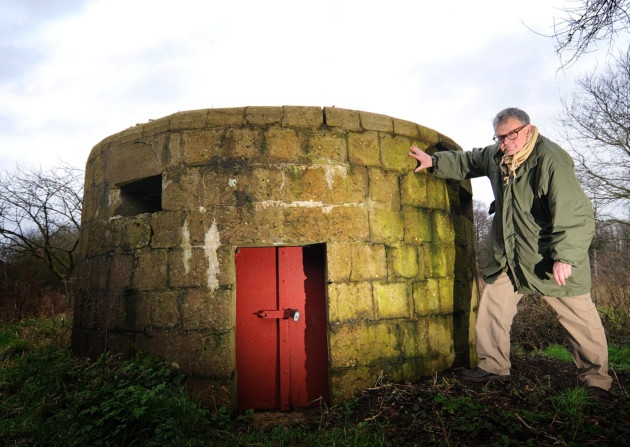
Extraordinary First World War pillbox located nearby north Norfolk was saved from its near extinction indicating the centenary year of the conflict’s outbreak.

The round rock-hard and stone edifice stood abandoned totally flooded by thick ivy in an ordinary land in the village of Bradfield near North Walsham. Mr. Ian Clark, a military aficionado and local professional handyman John Fleming offered their time to retrieve the significant structure with the assistance of Swafield and Bradfield Parish Council and in accordance with the Ministry of Defense. Mr. Clark of Cromer Road, North Walsham is an affiliate of the Norfolk Military Vehicle Group and provides Second World War military props and proficient to film and TV companies making documentaries .He was encouraged to carry out the retrieval after reading the book of Christopher Bird entitled Silent Sentinels. It is the story of NorfolK`s fixed defenses during 20th century .The perception of a better east coast defenses strengthen after a sudden attack on Great Yarmouth on November 1914, when the German navy bombarded the town. The dreadful event aroused them the fear of invasion.

“He who would Old England win must at Weybourne Hope begin,” a maxim of 16th century reflected the susceptibility of Weybourne as a landing place because of its deep coast.
So from 1916 ,concrete pillboxes were put in from Weybourne to Sea Palling following the seaward side of the River Ant. About two dozen of these structures still remain, including the Bradfield pillbox and examples in Weybourne, Stiffkey, Bacton, Stalham, North Walsham, Aylmerton, Thorpe Market, Beystone Regis. And Great Yarmoth.
“They are part of our legacy,” Mr. Clark said.” It`s good to keep in mind what could have came about and that it could have change the whole cultures of England .They are architectural quirk but should be conserved for future generation Mr. Clark thinks that pillbox was brought back into use during the Second World War when it was used by the local Home Guard.
Work on the pillbox ignited interest from residents and bystanders and one person had told them that it could have been the home of the vagrant in the inter-war years. Men`s next job is to put back coping stones and continue digging out the middle of the pillbox filled with earth over the years.
